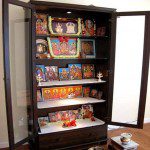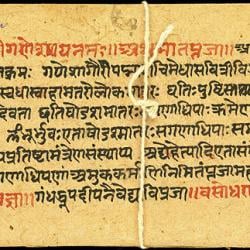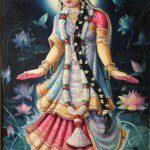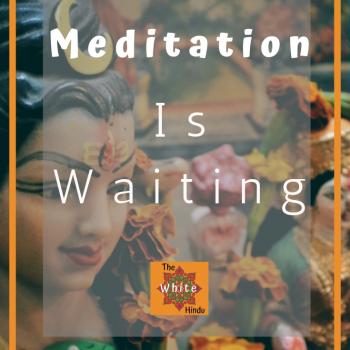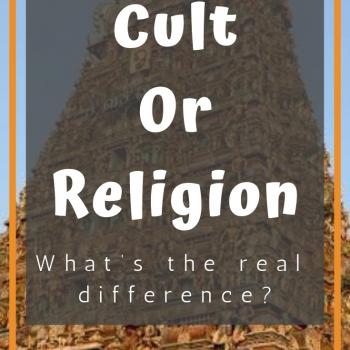There are a number of set prayers, like the Vedic prayers, that are said in Sanskrit. Then there are sanskrit verses called mantras used for meditation or for a change in one’s life. Certain mantras are given as formulas for a better marriage or better fertility.
What makes something a prayer rather than a mantra? What makes something a mantra?
Here’s the big difference: In a mantra, the pronunciation is critical.
The Sanskrit mantras were created with sacred vibrations in mind. The energy of the sounds is part of what makes them work. They must be said in Sanskrit and they must be pronounced well (this takes a lot of practice for a native English speaker!) Instructions for mantras will often tell you to repeat them a certain number of times and that is to build up sacred energy and vibration.
Sanskrit prayers are said more for their meaning than for the sounds of their words. They could be translated into English for those who don’t understand Sanskrit and recited that way.
There are some Sanskrit verses that can be both, depending on how you are using them!
One of my favorite Vedic prayers is Asato Ma:
Asato Ma Saad Gamaya; Tamaso Ma Jyotir Gamaya; Mritur Ma Amritang Gamaya.
Lead me from the unreal to the real; Lead me from the darkness to the light; Lead me from death to immortality.
It is beautiful and powerful in both English or Sanskrit. (By the way, I created a cross stitch of this prayer years ago and I’ve made the pattern available now at my Etsy Shop)
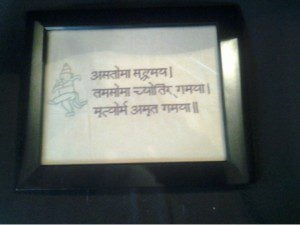
An example of a mantra would be this beej mantra for the attainment of wealth from Ma Lakshmi:
Ya Devi Sarva Bhutesu Lakshmi Roopena Samsthitha|
Namastasyai Namastasyai Namastasayi Namo Namah||
The meaning of the words is little more than “Great, beautiful Lakshmi, I bow to you.” It is the vibrations of the sounds themselves that matter here. It is recommended to chant this 108 times daily.
What is a “beej” mantra? “Beej” means seed and it is a mantra that is a root of something greater than itself. More info here: http://www.activatetantra.com/wp/15/what-is-beej-mantra/
The Gayatri Mantra/Prayer is definitely both a prayer and a mantra. Many swear by the power of chanting it repeatedly, focusing on the sounds. But it is also a Vedic prayer whose meaning is life-changing too. (See the Sanskrit and more info on Gayatri here)
Oh God! Thou art the Giver of Life,
Remover of pain and sorrow,
The Bestower of happiness,
Oh! Creator of the Universe,
May we receive thy supreme sin-destroying light,
May Thou guide our intellect in the right direction.
–http://www.eaglespace.com/spirit/gayatri.php
The word OM is a mantra all by itself, too. The Hare Krishna chant is another example of a mantra.
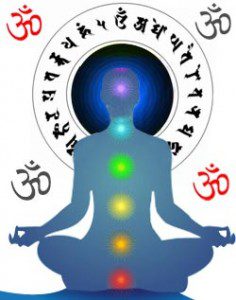
Mantra Lists:
Mind Bluff (includes a list of common TM mantras, which tend to be a single word)
To count out the repetitions of a mantra one might use a japa mala, which is a kind of rosary for Hindus and Buddhists alike. I will be doing a post soon on the proper use of japa mala beads and also the kinds of materials that are best depending on what you are using them for. There’s a lot of japa malas available on Etsy and I’ll probably someday add my own to the list, but for now here is a shop with some really lovely ones (I have not purchased from them, though) https://www.etsy.com/shop/BijaMalas
{Note: Reader Andrea told me about an Apple app called iSatsang, which has virtual mala beads and chanting help. I haven’t been able to check it out because I’ve misplaced my iPod touch, but it sounds really cool!}

